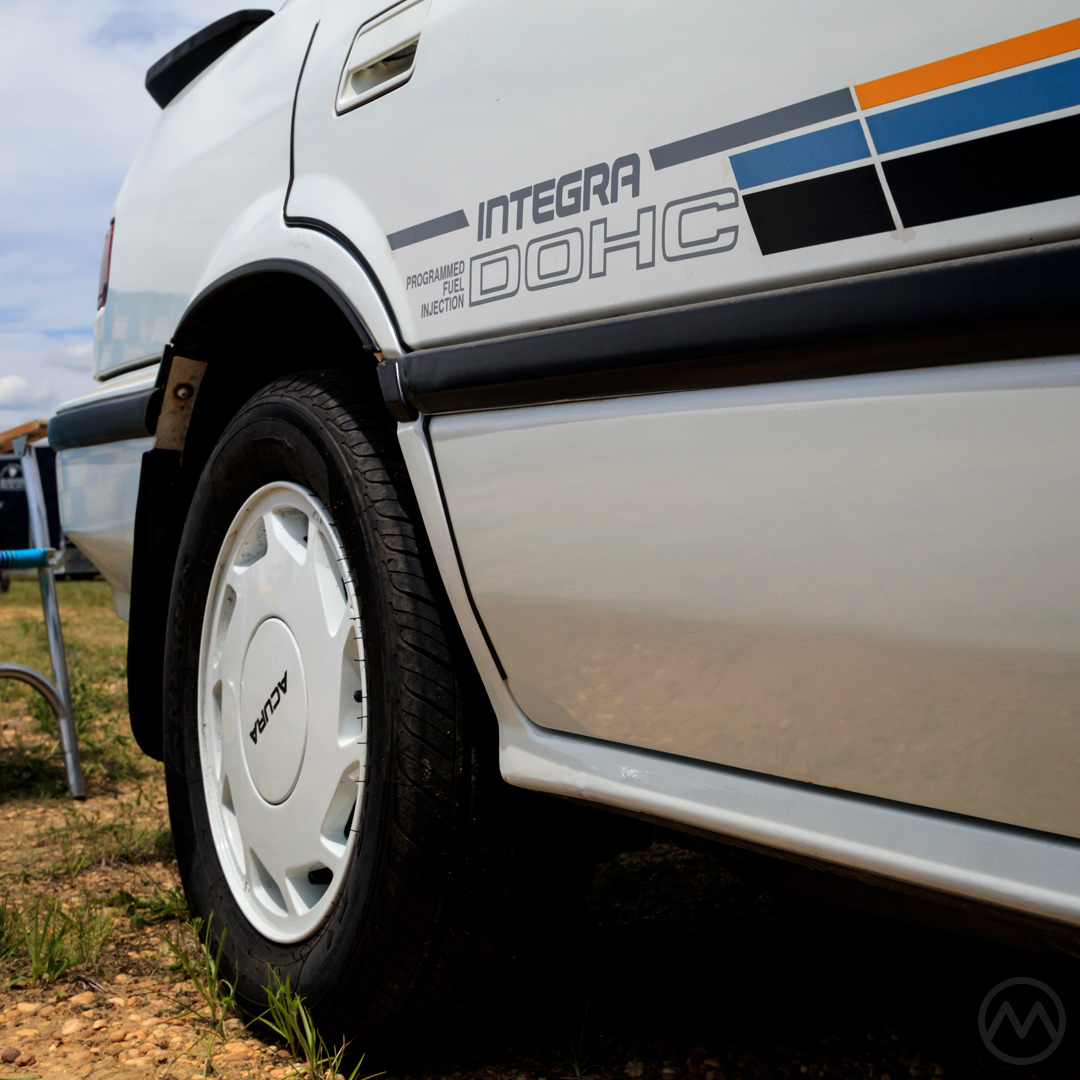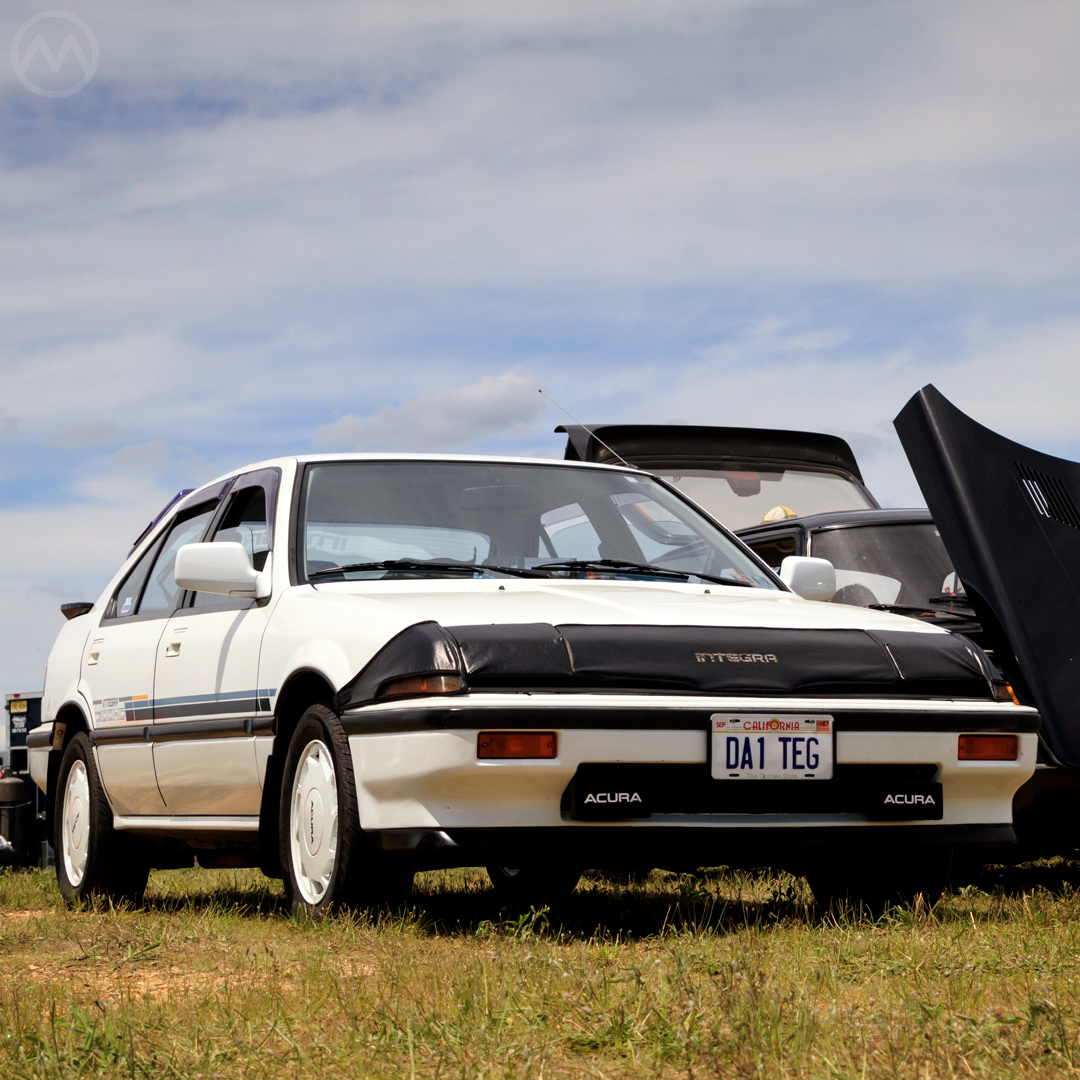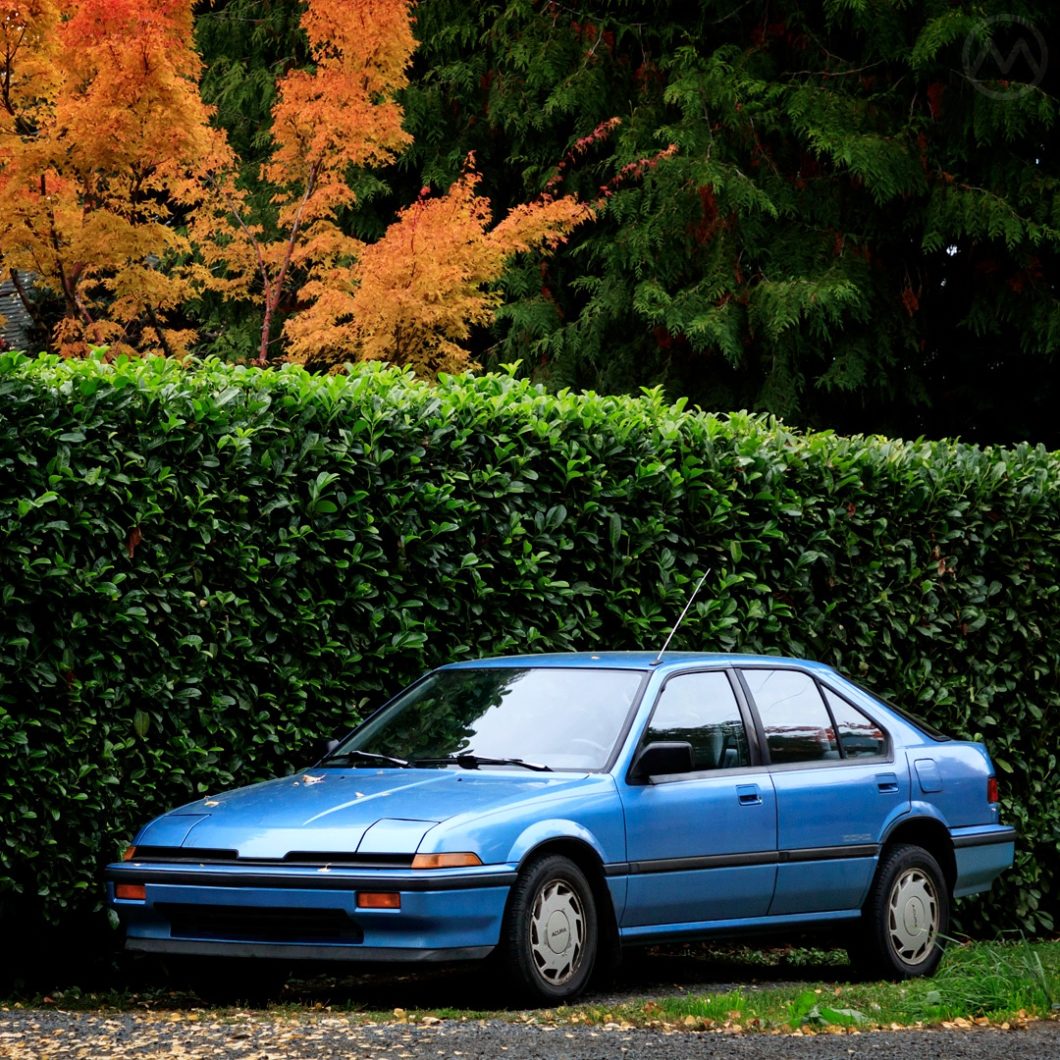It’s fair to say that nobody was quite sure how American customers would react to luxury cars from Japan in January of 1985. In the works since 1981, it was that month that Honda introduced its North American dealers to JDM examples of the Honda Quint Integra and the upcoming Honda Legend and told them formally that it would be launching a luxury brand in the USA – Acura.
It seems unfathomable now, but even in 1985 the image of Japanese cars was one of economy. A Japanese rival to BMW, Mercedes, or even Cadillac? Japan already had cars like that at home, but the idea seemed far fetched at the time to many Americans.
Unlike previous near-luxury Japanese cars, like the Toyota Cressida, Honda geared up early to make their luxury cars an entirely new brand, a method that would likely dispel some of that cynicism. The new cars would wear a new name (Acura). They’d be sold at separate, stand-alone facilities from Hondas. They’d also have a huge marketing campaign of their own.
American Honda dealers were a savvy, successful bunch and despite growing up in a world where Cadillac was king of the luxury hill, they knew a good thing when they saw it. Thanks to voluntary import quotas, there were often waiting lists at Honda dealers in the early 1980s. A few balked at having to construct a separate building for Acuras, but they all knew they’d be able to sell the cars.
There were to be two new Acuras – the $18-20K flagship and a $10-12K small sporty model – the Quint Integra, which at that time was about to go on sale at Honda Verno dealerships in Japan.
40-50 dealers would be allowed to be part of the first wave of Acura sales, then up to 150 the following year. In actuality, 60 dealers were open when the cars went on sale on March 27, 1986. But they’d also be restricted in how many cars they got.
The flagship, which became the Acura Legend, got most of the attention when Acuras were new and nobody doubted its bona fides. The only part of the Acura plan that dealers were skeptical about was, in fact, the Integra. Dealers would at first be allocated 40-50 cars a month. Why not simply sell as many of the larger, probably more profitable ones as possible out of that quota?
Honda did not want a one-model policy, and it purposely targeted the middle of the market where the most volume was, in spite of voluntary export restraints in effect at the time.
Their skepticism proved misplaced. The original Acura Integra not only proved easier to sell than Frusen Glädjé on a hot August day, it’s price point made Acura a luxury brand with a very young average buyer. Generally, they came back when it was time for a newer, more luxurious car in the 1990s.
Quint to Integra
The original Integra’s direct predecessor was the Honda Quint – an upscale version of the Civic with slightly more angular styling and a five-door hatch body introduced in 1980.
Exported to some markets as the Quintet (including as a rebadged Rover), the Quint did not come stateside but did create a niche between the Civic and the Accord for Honda in some places. The naming scheme fit with Honda’s “musical” names – Ballade, Concerto, Prelude.
The Quint was not a particularly exciting car, and its replacement – the Quint Integra – might not have been either, depending on where you lived.

In Japan, it went on sale in February 1985 and in global markets it had about the same kind of market position as the outgoing Quintet – dull but worthy. In the USA, however, the Acura version of the car would be much more powerful and better equipped.
The odd “Quint” part of the name was dropped for U.S. consumption, and all U.S. Integras were powered by the twin-cam, sixteen-valve D16A1 1.6L four. This 112-118hp free-revver, was a classic Honda powerplant with a relatively narrow band of punch but it lived to be thrashed (and thrashed it would be). Power as transmitted by a 5-speed or a 4-speed automatic.
The basic chassis had much in common with the Civic, but hardly anybody noticed. Inside, the Integra was a swath of gray or black cloth and plastic. It was not luxurious by the definitions of that time. No leather, no opera windows, no fancy clocks or wood trim. But it came with lots of modern equipment – sunroofs, good audio systems with manual equalizers, power everything, and it was built to a very high standard.
It was similar in feel to an E30 BMW inside, and that was exactly what Honda wanted to convey. It could offer that experience and a premium brand at a much lower price. The driving experience was closer to a VW GTI than an E30 – it was a front-driver weighing just under 2,400 lbs. – but the car was a sweet and sporty machine.
The styling was clean and clearly in the Honda tradition – at a glance it was a clear relative of its distant cousin the Prelude – but not particularly marked out as “premium” in any way. The front didn’t even have a logo on it (JDM versions did, but it was a Honda badge). Only subtle badges on the hatch and wheel caps told you it was an Acura, but big block letters marked it out as an “INTEGRA” above the rear plate.
Rise and Fall
The Integra proved a very quick success – more than 217,000 of the cars were sold in four years, which was almost as much as the entire original intent for Acuras of all types (60,000 per year) back in 1985.
The more popular 3-door version is the one most enthusiasts focused on, and it wasn’t long before tuners noticed how easy it was to get more out of the car. Older Japanese cars like the Datsun 510 and various rear-drive Corollas were already being modified in the 1970s and so were some newer or more overtly sporting cars (like 300ZXs and RX-7s), but souping up the Integra was popular almost right out of the box, particularly in SoCal and Japan.

Many first-gen Integras were used hard and put away wet, but they were capable of taking a great deal of abuse thanks to Honda’s high quality build. Collectively known as the AV series or the DA1-4 (each denotes an engine designation), the first series lasted into 1989.
The second-series Integra, the DA5-DA9, debuted that fall and offered Honda’s even more capable B16A, B18A, and eventually the B17A (GS-R) engines, ever-faster and even more popular with tuners. The value of the earlier cars was tied closely to condition – modified cars were worth much less than clean ones, but “pedestrian” Mk1 Integras like the five-door above held their value a long time.
The experiences those 217,000 or so buyers had kept most of them returning to the Acura showroom well into the 1990s. Acura’s success also validated decisions Toyota and Nissan were making.
Programs were already underway for Lexus and Infiniti but the strong reception the Acura line got, 150,000+ sales in the first 24 months, had to be encouraging. Acura remained a U.S. exclusive for many years, though Honda did launch the more upscale “Honda Clio” network in Japan to accommodate the launch of the Legend.
The emphasis on “Legend” and “Integra” may have been too strong, however – in the mid-1990s Acura decided that too many people were referring to their Acuras by these names instead of the overall brand – and they (rather short-sightedly) dropped the Legend name in 1996 and the Integra in 2001.

